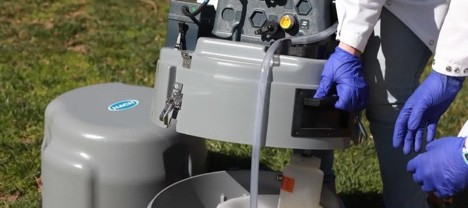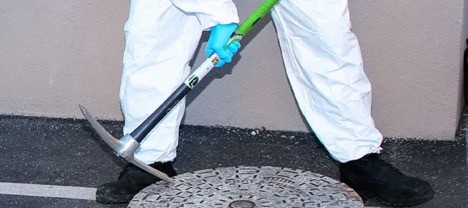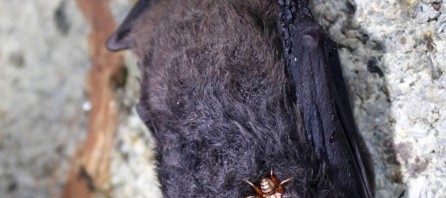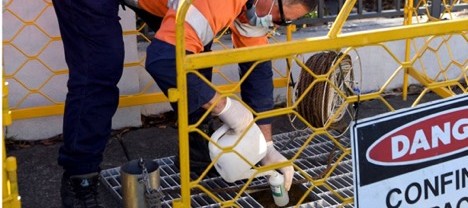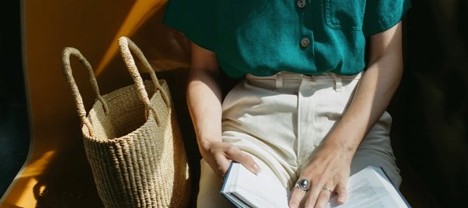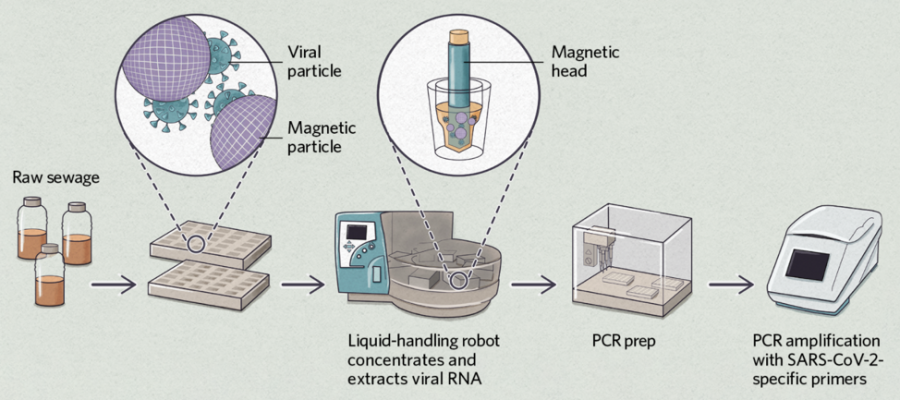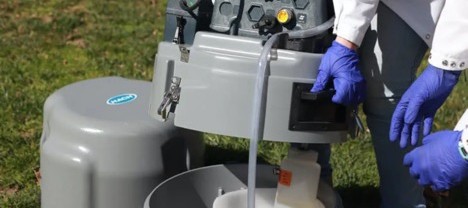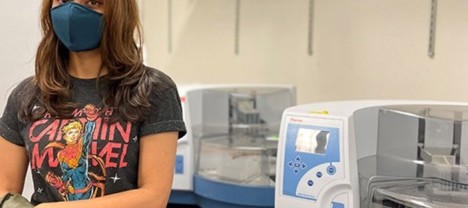The CDC has partnered with other federal agencies and states to develop a National Wastewater Surveillance System and pilot systems are underway in 31 states. This will be a valuable investment that
Since reopening campus at the University of California-San Diego last summer, university officials have relied on the tried-and-true public health strategies of testing and contact tracing. But they have also
Blood-sucking flies may be following chemicals produced by skin bacteria to locate bats to feed on. We humans aren’t the only animals that have to worry about bug bites.
[link to article] Since reopening campus at the University of California, San Diego last summer, university officials have relied on the tried-and-true public health strategies of testing and contact tracing.
Part of the university’s Return to Learn program, wastewater screening helped prevent outbreaks by detecting 85 percent of cases early, allowing for timely testing, contact tracing and isolation People
If you’re a student or a faculty member who spends any time on the University of California, San Diego campus, you may know a lot more about what’s in your
[link to article] If you’ve just received an ulcerative colitis (UC) diagnosis, you likely have a lot of questions. And even if you’ve lived with UC for many years, you
As well as shedding SARS-CoV-2 virus through nose and throat secretions, infected people can, even when asymptomatic, excrete the virus in their stool. Because of this, wastewater sampling has been under
Robot may be able to detect Covid-19 rapidly using wastewater. By using a sewage-handling robot, our laboratory has been able to detect coronavirus in wastewater 30 times faster than non-automated
Automated process helps test city sewage for the SARS-CoV-2 coronavirus, enabling researchers to forecast the region’s caseload one to two weeks ahead of clinical diagnostic reports. In earlier days of


